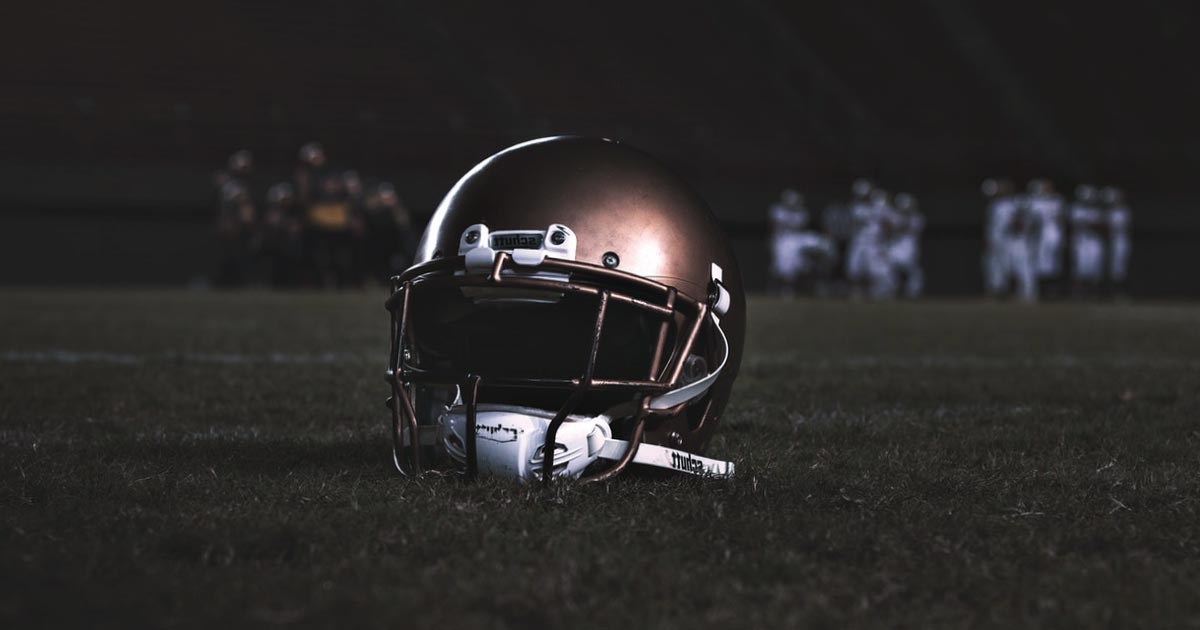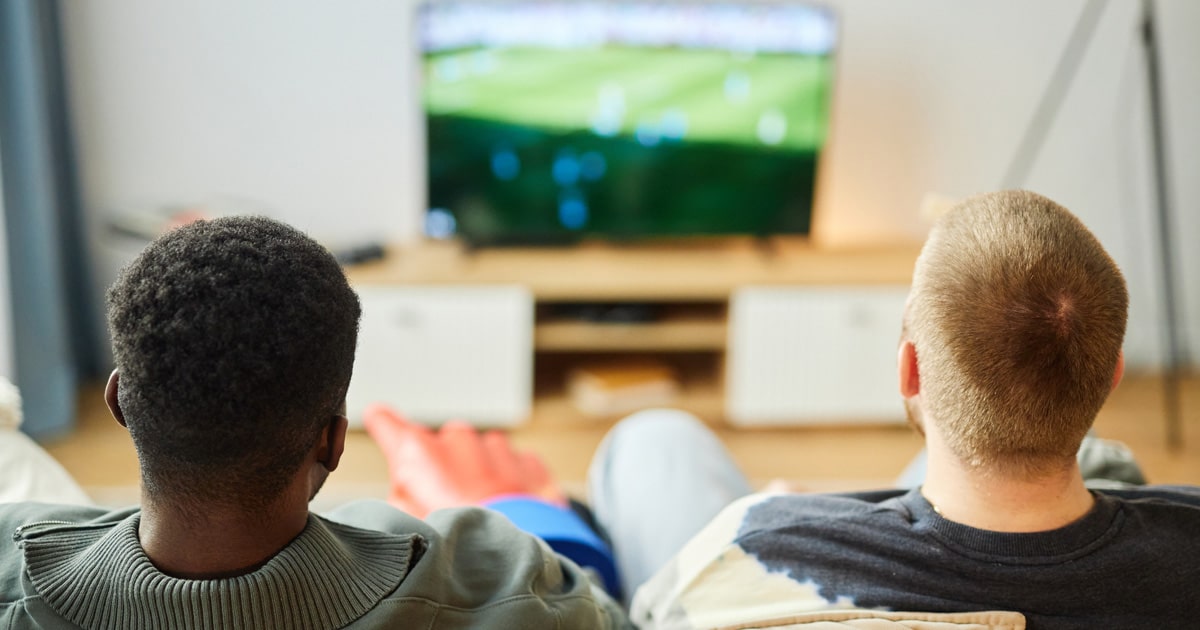It’s hard to argue that ESPN isn’t the most established name in sports media. It’s just as hard to deny…
SB 206 Doesn’t Have to Ruin College Sports

The furor over the recent passing of California’s SB 206 law is rightfully justified. The NCAA has been backed into a historic corner and must act in order to appease the push for athlete compensation while also retaining the sanctity of the game.
There are as many opinions as there are pundits. I’m not one of them. I’m here to write about the potential impact SB 206 and player compensation will have on college sports. I’m also here to put forth my idea for a solution.
As with everyone else, what I’m about to say is wholly dependent on what ends up happening. Hopefully, we won’t end up with institutional inequality … at least not any more than what exists already.
For the sake of this blog too, let’s pretend for a moment that everyone is playing by the rules and not compensating players or buying recruits. Perhaps coming up with a standardized, enforceable, and certifiable plan for making sure that each school and their athletes are compensated equally would work for everyone.
That’s so much easier to write than it is to actually do.
If SB 206 grants ‘sponsors’ access to college athletes without oversight or set parameters, you will deepen the competitive void. In my mind, equivalency is key with institutional caps being at least one idea that has merit.
Here are my thoughts on how this should be handled.
Any business entity that wants to use a college player for the purposes of promotion is free to contact his or her university. Terms are negotiated and established that keep said student athlete within given parameters in regards to deliverables, obligation, and compensation. All schools are capped. It’s critical that this amount be equal, meaning all Power 5 conferences have the same number, no higher … no lower. Money is paid out upon graduation. If you leave early for the professional draft, you forfeit your share and candidly, if you leave early … you probably don’t need it.
Each university would have a set limit on the amount of money that endorsements can produce. This way USC would have the same amount of money as Northwestern or Central Florida, etc. All monies paid to the student athletes are then shared equally among every athlete on the team. The student athlete is precluded from negotiating their own deal and they are never directly paid any money until they graduate. Almost like a pension or a 401K, each student athlete would get a “statement” of value regarding their balance. If they need immediate revenue, they can negotiate with a bank to borrow against it with assistance from an institutional representative from the school.
Yes, you pay football players more than you pay lacrosse players, but they all get something. ASU has 650 (total) student athletes with roughly a 90% graduation rate. So, let’s say you have 160 graduating athletes and a $5,000,000 annual cap; that’s $31,250 for each student athlete if you paid out equally but you don’t. You give your football players $100K, basketball players $75K, baseball $45K and your non-revenue sports $5K or whatever the math works out to be.
Yes, I know this isn’t necessarily “fair” but guess what, it beats the current system and it maintains the integrity of the game. And before you lose your mind about your niece who plays soccer, know that she’s not getting anything now.
This keeps sponsors from compromising the integrity of the game by promising a big endorsement deal (and subsequent payout) to lure a recruit to a particular team. If we insist on paying college athletes, you cannot infuse basic capitalistic principles that will deepen the chasm between the haves and the have nots. An imbalance in competition could lead to a degradation in the game which leaves all sponsors, administrators, fans, and even student athletes with nothing.



